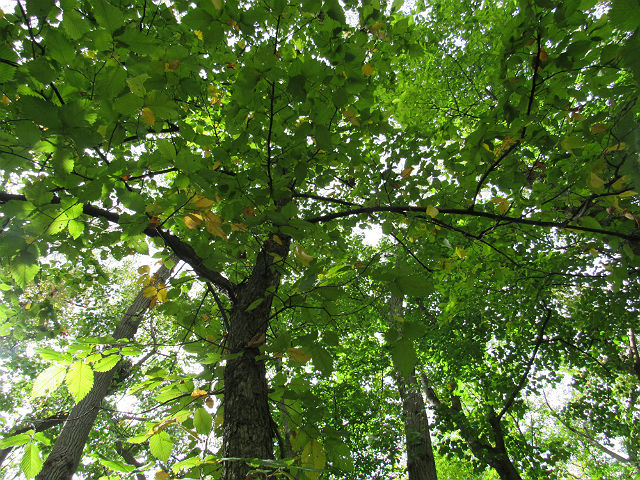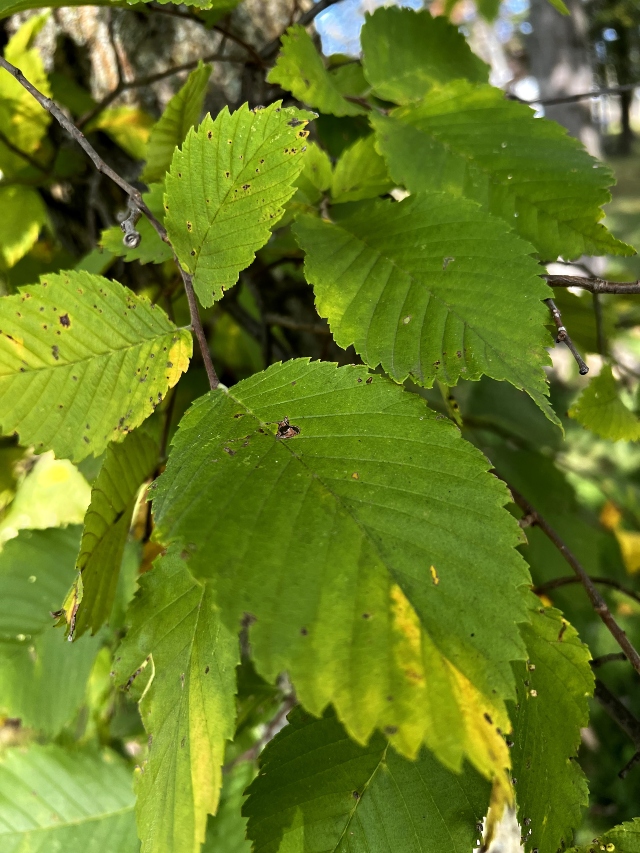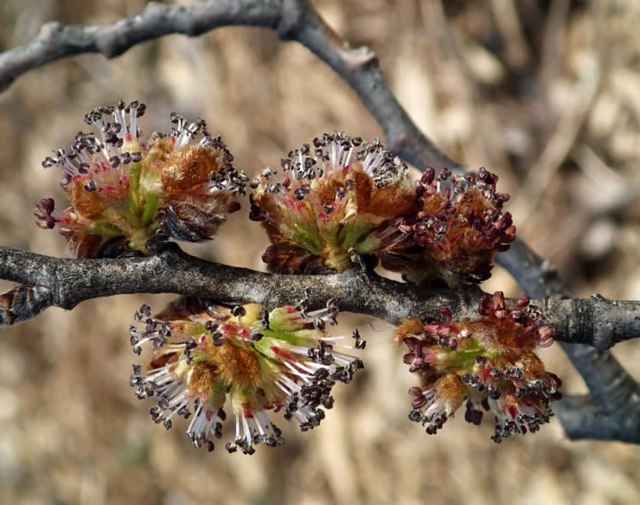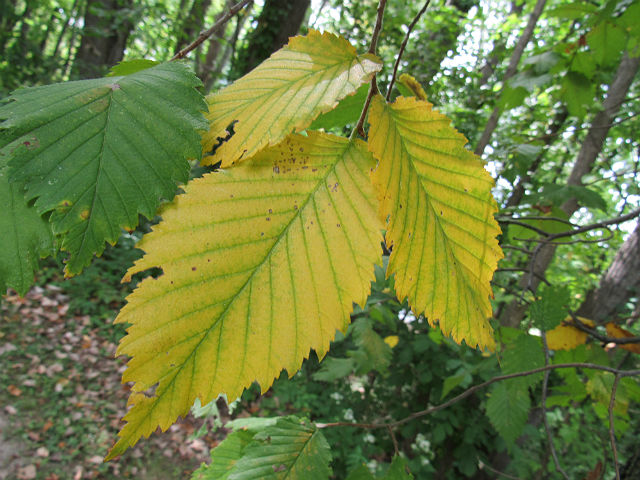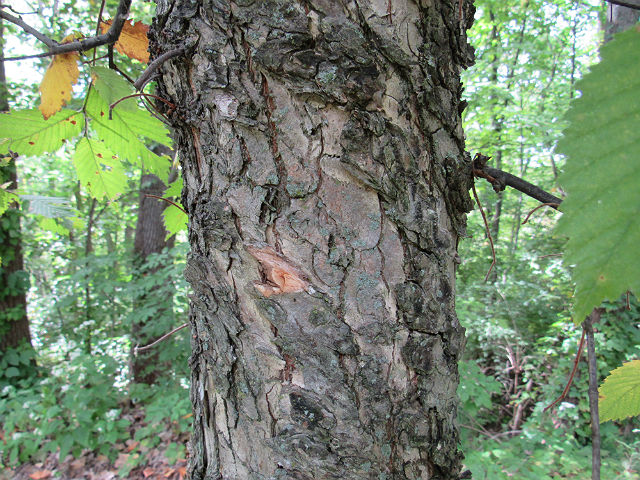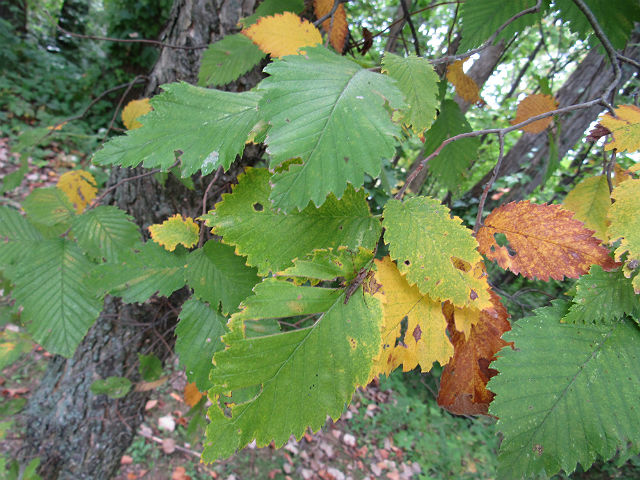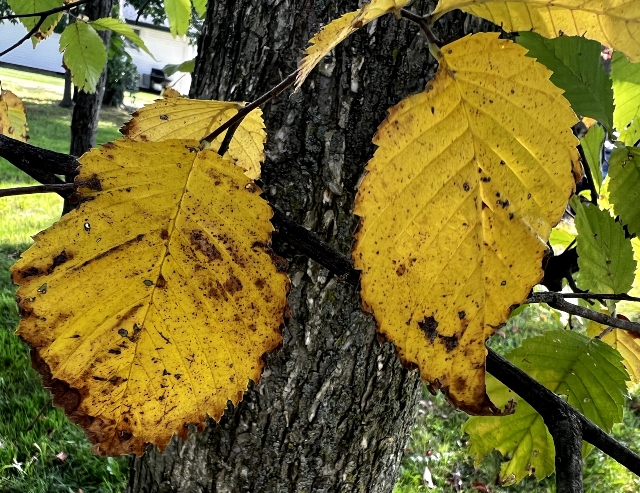Slippery Elm is named after its slick, mucilaginous inner bark, which was chewed by the Native Americans and pioneers to quench thirst when water was not readily available.
This tree may reach 60 feet tall by 50 feet wide, when found in the open. It grows best and on moist, rich soils of lower slopes and flood plains, although it may also grow on dry hillsides with limestone soils.
In Spring, Slippery Elm is one of the first trees to come into flower, its wind-pollinated flowers are produced before its leaves, usually in tight, short-stalked clusters of 10–20.
Slippery Elm’s flowers soon develop into rounded samaras. The reddish-brown fruit is slightly notched at the top and the single, central seed is coated with red-brown hairs.
The inner bark of this tree is used for a number of herbal preparations, many of which relieve throat and digestive issues. The light, fluffy bark is commonly used as a binder for making herbal pills.
For me, the thing about this tree that is most unexpected is the leaves, which are broadly elliptical and are sandpapery rough on both the upper and lower surfaces.
This tree’s other common names include Red Elm (in reference to its reddish brown heartwood), Gray Elm, Soft Elm, Moose Elm and Indian Elm.

